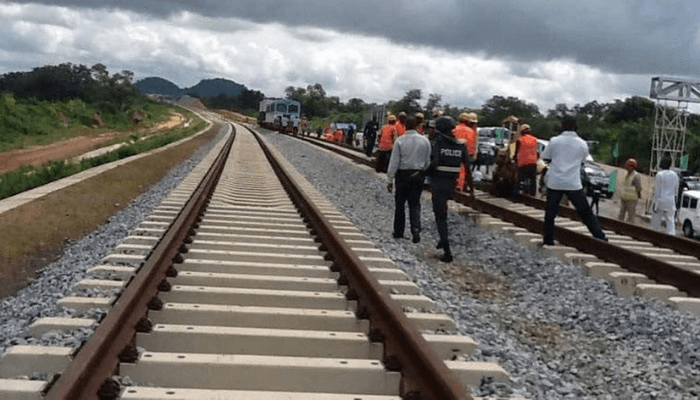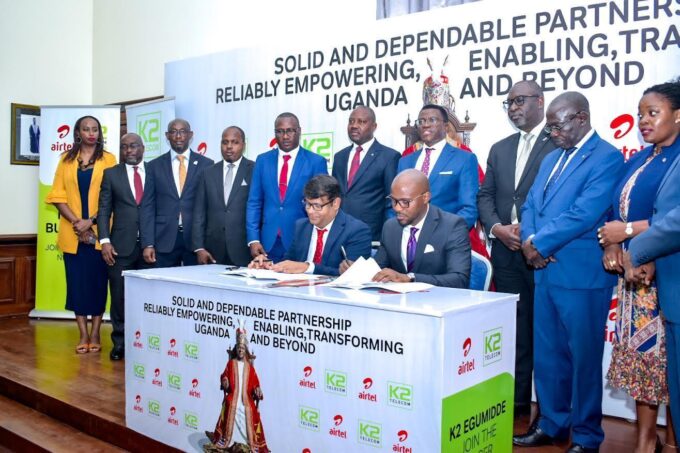The Federal Government of Nigeria has received a 62-kilometer segment of the Port Harcourt-Aba-Maiduguri Eastern Narrow Gauge Railway, marking a significant milestone in the reconstruction project aimed at revitalizing rail transport in the region. The China Civil Engineering Construction Corporation (CCECC), the contractor managing the project, officially handed over the completed section to the Federal Ministry of Transportation during a ceremony in Port Harcourt.
A Boost for Regional Connectivity
The Port Harcourt-Aba-Maiduguri Eastern Narrow Gauge Railway project is a critical component of Nigeria’s transportation master plan. The railway, when fully operational, is expected to enhance trade and mobility across the Southeast, South-South, and Northeast regions, linking key economic hubs and fostering regional integration.
The completed 62-kilometer stretch represents the initial phase of the ambitious rehabilitation and reconstruction initiative. This segment connects Port Harcourt to Aba, two key commercial cities, and will provide a vital link for businesses, agricultural producers, and commuters in the region.
Government’s Vision for Rail Development
During the handover event, representatives of the Federal Ministry of Transportation reiterated the government’s commitment to revamping Nigeria’s rail infrastructure. They highlighted the importance of the Eastern Narrow Gauge Railway in promoting economic growth, reducing road congestion, and lowering transportation costs.
“This handover symbolizes progress in our journey to transform Nigeria’s rail network,” a ministry official stated. “The Eastern railway corridor is vital to connecting people and goods efficiently and sustainably. We remain steadfast in our commitment to completing this project.”
Challenges and Strategic Importance
The Eastern Narrow Gauge Railway project has faced several delays attributed to funding constraints, security concerns, and logistical challenges. Despite these obstacles, the Federal Government has worked closely with CCECC to ensure steady progress.
Economic analysts emphasize the railway’s potential to unlock opportunities in the agricultural and industrial sectors, particularly in regions that rely heavily on road transportation. The corridor’s rehabilitation is expected to reduce the cost of transporting goods, boost trade volumes, and improve access to markets for rural communities.
CCECC’s Role in Infrastructure Development
The China Civil Engineering Construction Corporation has been a key player in Nigeria’s infrastructure development for decades. In his remarks at the ceremony, a representative of CCECC reaffirmed the company’s dedication to delivering high-quality projects that align with Nigeria’s development goals.
“We are proud to contribute to this transformative initiative,” the representative said. “This completed segment demonstrates our commitment to excellence and the shared vision of enhancing transportation systems in Nigeria.”
Economic and Social Impacts
The rehabilitation of the Port Harcourt-Aba-Maiduguri railway is expected to generate both immediate and long-term benefits. In the short term, the project has created jobs for local workers, supporting communities along the construction route. In the long term, it promises to stimulate economic activity, improve logistics efficiency, and enhance regional connectivity.
Local businesses and traders have expressed optimism about the project’s progress. “The railway will make it easier for us to move our goods to markets across the country,” said Chinyere Obinna, a trader in Aba. “It’s a game-changer for businesses in this region.”














Leave a comment